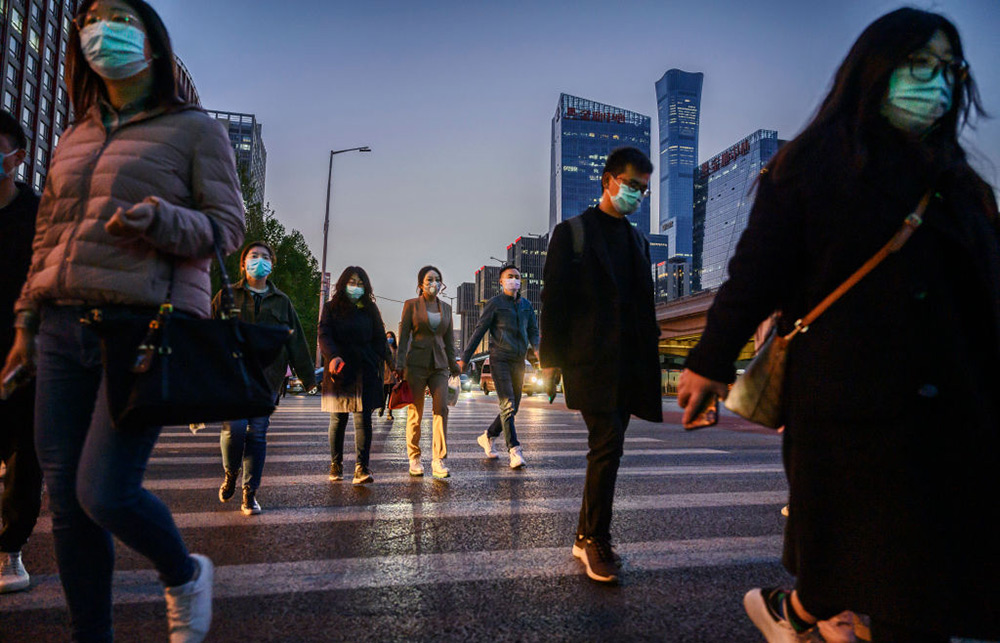
隨著致命的新冠病毒肆虐全球,許多國家實施了大規模封城或半封城的措施,而現在擺在大家面前的問題是:如何重啟經濟。至少從目前來看,新冠病毒對民眾生命最具威脅的時期已經過去,而叫停非關鍵部門經營活動造成的巨大經濟損失則仍是亟待解決、也必須解決的問題。
作為首個受到新冠疫情沖擊的國家,中國已在解決問題的道路上邁出了第一步。而答案并不輕松。與其他國家的城市一樣,在對經濟損失和公眾健康進行權衡之后,各個城市也在不同時間實施了不同的限制措施,而現在這些城市也正走上各自的解封之路。
在政府的指導下,公眾的生活經歷了從封城到解封的變化(有的地方可能還會再次面臨封城的情況),而在這個世界上人口最多的國家里,每個人的故事就像這個特殊時期的剪影,能夠讓我們一窺新冠病毒對中國的影響。
在下文中,《財富》將為您講述在七座城市里,七個人的七段故事。
他們各自描繪了中國不同城市努力回歸正常的不同路徑,展示了這些城市為重啟經濟、預防疫情回潮而采取的激勵、懲戒措施以及使用的數字技術工具。而把他們的故事放在一起,則為我們揭示了疫情下中國,乃至全人類的共同經歷。
深圳

美國科技企業家扎克·別拉克已經在深圳生活了3年時間,對他來說,解封之后飛回中國的旅途堪稱坎坷:早晨六點做咽拭子檢測,隨后還需要強制隔離兩個禮拜。此番流程在以智慧城市而聞名的深圳算得上異乎尋常,而別拉克相信這種情況將會成為這里的新常態。
武漢
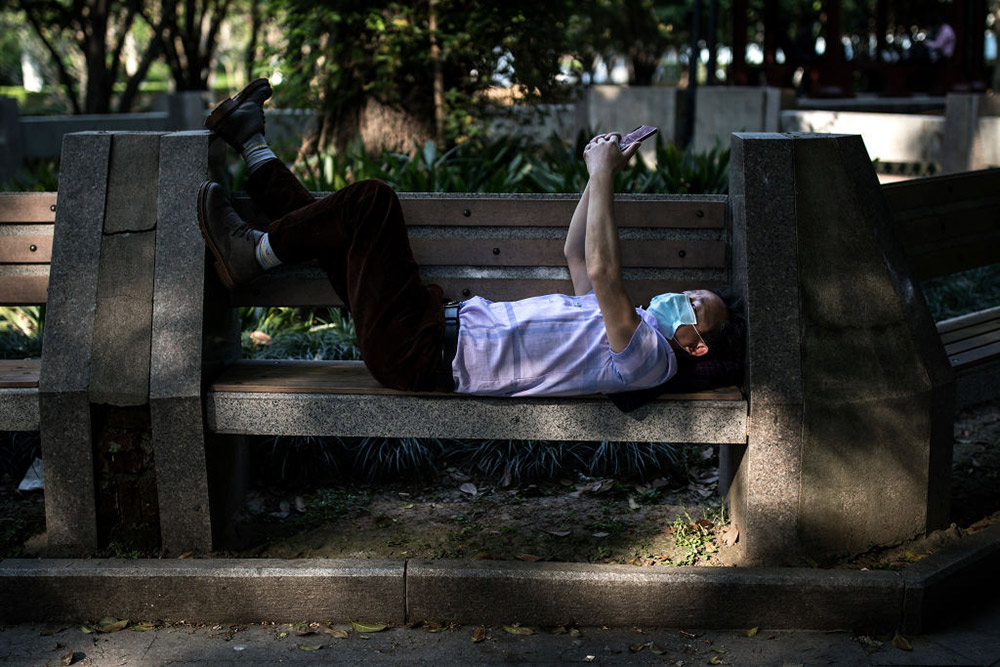
21歲的黃哲軒(音)原計劃在賓夕法尼亞大學度過剛剛過去的冬、春兩季,但最后他卻只能與父母及祖母一起窩在武漢的家中。在武漢解封近一個月之后的今天,隔離時期仿佛已過去很久,只是那種深深的焦慮感卻從未消失。
成都

現年37歲的楊佳敏(音)是成都一家編程教育公司的聯合創始人,她用“世界末日”一般的感覺來形容成都的封城景象。成都的解封也讓她頗為心煩,因為她不得不重新思考如何在這樣一個被疫情改變了的世界里繼續經營自己的事業。
上海
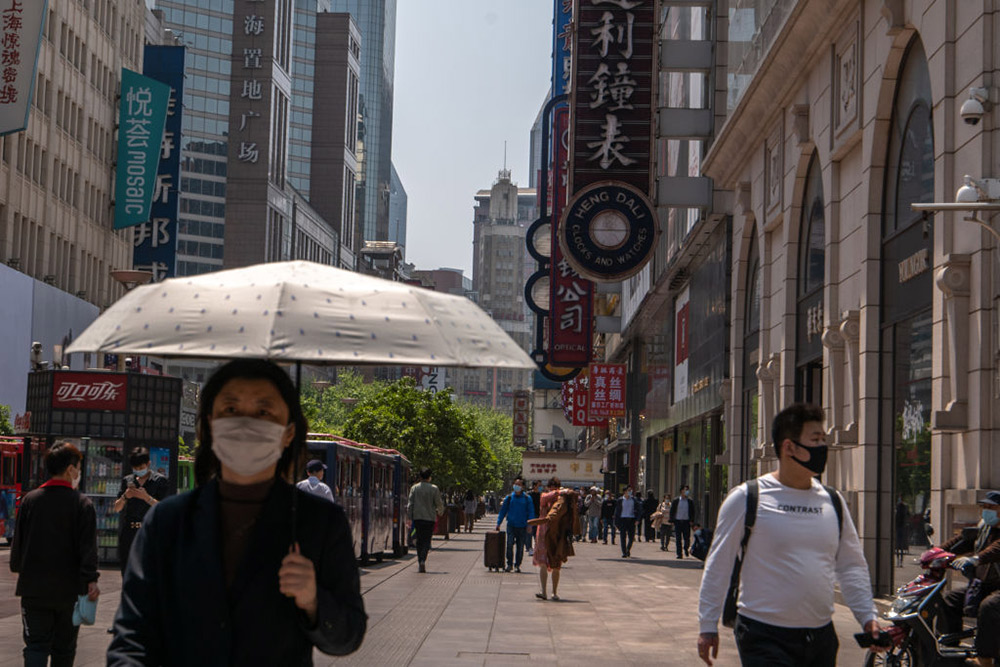
上海人趙維琪(音)是一名咨詢顧問,這次疫情對她的故鄉并未造成太大影響,上海以非常溫和的方式進入了“停擺”,又似乎非常輕松地在短短幾周之后便恢復到了往日的狀態。維琪仍會采取一些預防措施,但迄今為止,她一直避免使用接觸追蹤應用,而在中國其他很多城市,這些應用早已成為生活中不可或缺的組成部分。
杭州
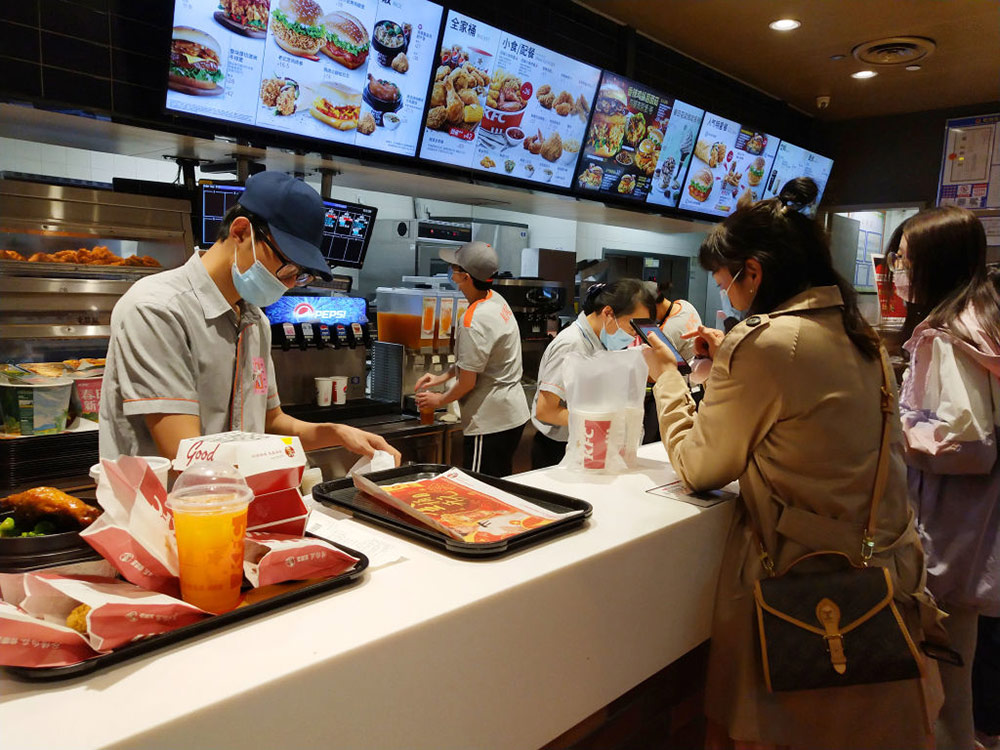
25歲的周沛德(音)畢業于康奈爾大學,現就職于杭州一家技術初創公司。他表示,在杭州這座作為“技術中心”而聞名的城市,有些為解封制定的管制舉措已然流于形式。比如對健康碼的檢查有時就非常松散。但另一種技術則得到了更堅定的支持:由于人類太容易受病毒侵害,一些工作會轉向自動化,并且速度還將加快。
北京
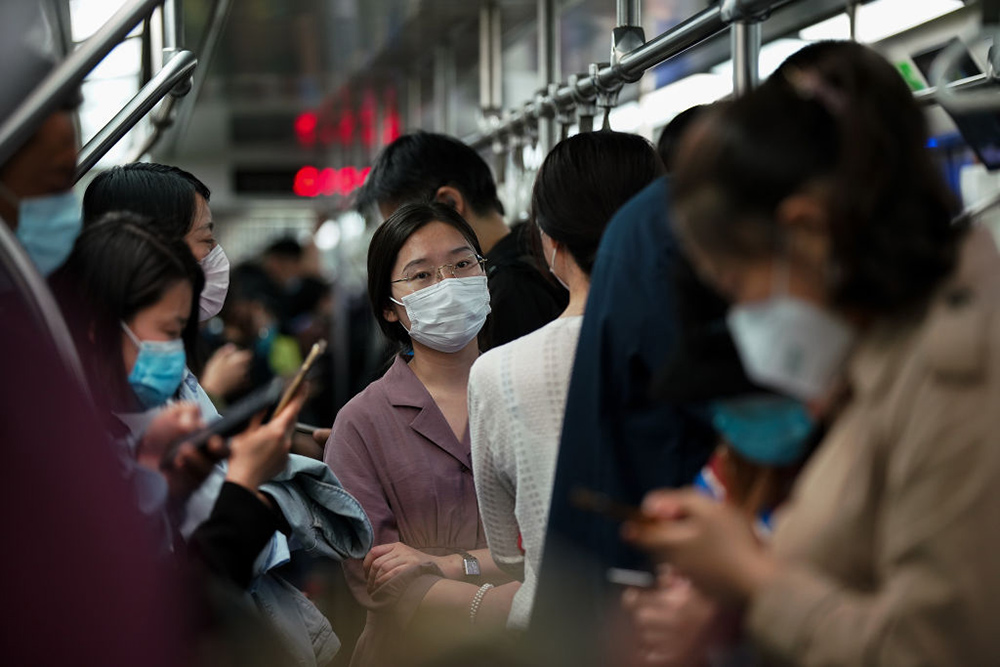
傅凱西(音)是北京的一名通訊行業從業者,當她結束14天的強制隔離,前往自己喜愛的餐廳吃飯時,差點被拒之門外。在出示自己已完成2周隔離的證明后,店員才放她進門。北京從未推行過全面封城的措施,但從凱西的經歷我們還是可以看出,作為首都,北京仍在執行較中國其他城市更為嚴格的防控措施。
哈爾濱
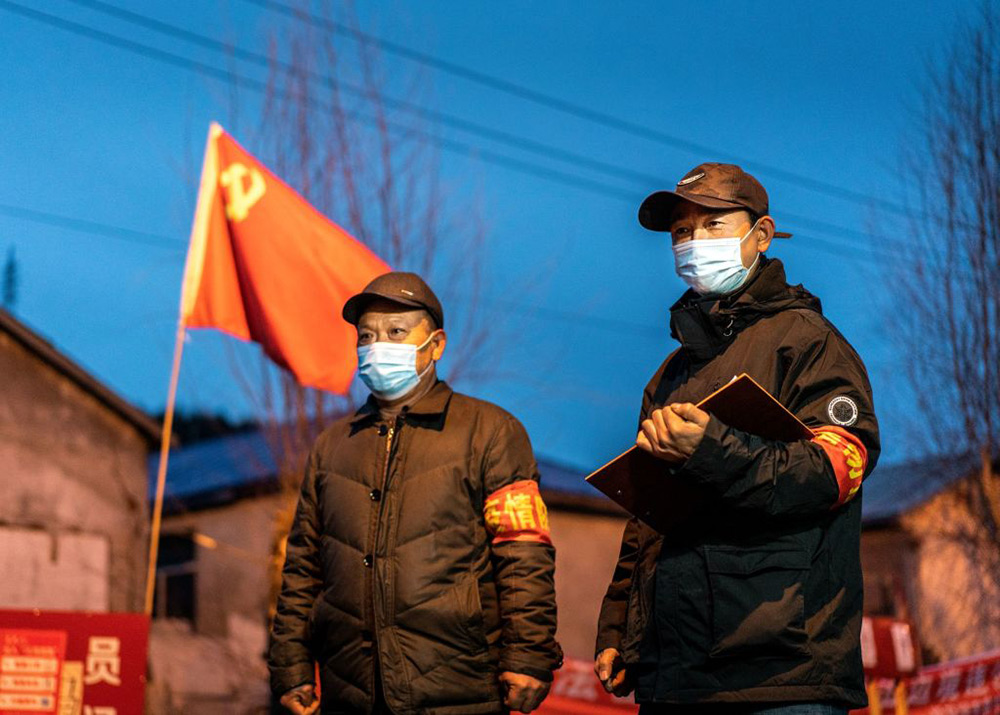
美國人比爾·貝利現年60歲,目前正在哈爾濱的一所大學教授英語。在他看來,直到4月初,哈爾濱這座擁有1000萬人口的城市的情況才開始好轉。受新冠疫情影響,當時他已在學校公寓里悶了10個禮拜之久,不過街上的車流日漸熙攘,商店的人流也日漸增多。但沒過幾天,恢復進程便因第二波疫情的到來戛然而止,當地也重新收緊了部分才剛剛放寬的管制措施。(財富中文網)
譯者:梁宇
審校:夏林
隨著致命的新冠病毒肆虐全球,許多國家實施了大規模封城或半封城的措施,而現在擺在大家面前的問題是:如何重啟經濟。至少從目前來看,新冠病毒對民眾生命最具威脅的時期已經過去,而叫停非關鍵部門經營活動造成的巨大經濟損失則仍是亟待解決、也必須解決的問題。
作為首個受到新冠疫情沖擊的國家,中國已在解決問題的道路上邁出了第一步。而答案并不輕松。與其他國家的城市一樣,在對經濟損失和公眾健康進行權衡之后,各個城市也在不同時間實施了不同的限制措施,而現在這些城市也正走上各自的解封之路。
在政府的指導下,公眾的生活經歷了從封城到解封的變化(有的地方可能還會再次面臨封城的情況),而在這個世界上人口最多的國家里,每個人的故事就像這個特殊時期的剪影,能夠讓我們一窺新冠病毒對中國的影響。
在下文中,《財富》將為您講述在七座城市里,七個人的七段故事。
他們各自描繪了中國不同城市努力回歸正常的不同路徑,展示了這些城市為重啟經濟、預防疫情回潮而采取的激勵、懲戒措施以及使用的數字技術工具。而把他們的故事放在一起,則為我們揭示了疫情下中國,乃至全人類的共同經歷。
深圳
美國科技企業家扎克·別拉克已經在深圳生活了3年時間,對他來說,解封之后飛回中國的旅途堪稱坎坷:早晨六點做咽拭子檢測,隨后還需要強制隔離兩個禮拜。此番流程在以智慧城市而聞名的深圳算得上異乎尋常,而別拉克相信這種情況將會成為這里的新常態。
武漢
21歲的黃哲軒(音)原計劃在賓夕法尼亞大學度過剛剛過去的冬、春兩季,但最后他卻只能與父母及祖母一起窩在武漢的家中。在武漢解封近一個月之后的今天,隔離時期仿佛已過去很久,只是那種深深的焦慮感卻從未消失。
成都
現年37歲的楊佳敏(音)是成都一家編程教育公司的聯合創始人,她用“世界末日”一般的感覺來形容成都的封城景象。成都的解封也讓她頗為心煩,因為她不得不重新思考如何在這樣一個被疫情改變了的世界里繼續經營自己的事業。
上海
上海人趙維琪(音)是一名咨詢顧問,這次疫情對她的故鄉并未造成太大影響,上海以非常溫和的方式進入了“停擺”,又似乎非常輕松地在短短幾周之后便恢復到了往日的狀態。維琪仍會采取一些預防措施,但迄今為止,她一直避免使用接觸追蹤應用,而在中國其他很多城市,這些應用早已成為生活中不可或缺的組成部分。
杭州
25歲的周沛德(音)畢業于康奈爾大學,現就職于杭州一家技術初創公司。他表示,在杭州這座作為“技術中心”而聞名的城市,有些為解封制定的管制舉措已然流于形式。比如對健康碼的檢查有時就非常松散。但另一種技術則得到了更堅定的支持:由于人類太容易受病毒侵害,一些工作會轉向自動化,并且速度還將加快。
北京
傅凱西(音)是北京的一名通訊行業從業者,當她結束14天的強制隔離,前往自己喜愛的餐廳吃飯時,差點被拒之門外。在出示自己已完成2周隔離的證明后,店員才放她進門。北京從未推行過全面封城的措施,但從凱西的經歷我們還是可以看出,作為首都,北京仍在執行較中國其他城市更為嚴格的防控措施。
哈爾濱
美國人比爾·貝利現年60歲,目前正在哈爾濱的一所大學教授英語。在他看來,直到4月初,哈爾濱這座擁有1000萬人口的城市的情況才開始好轉。受新冠疫情影響,當時他已在學校公寓里悶了10個禮拜之久,不過街上的車流日漸熙攘,商店的人流也日漸增多。但沒過幾天,恢復進程便因第二波疫情的到來戛然而止,當地也重新收緊了部分才剛剛放寬的管制措施。(財富中文網)
譯者:梁宇
審校:夏林
How does an economy reopen? It's the question facing so many nations that implemented mass or partial lockdowns as the deadly COVID-19 virus swept the globe. In these places, the worst physiological effects of the coronavirus appear to have passed—at least for now. The devastating economic toll—purposefully inflicted by the shuttering of nonessential businesses—remains and must be urgently addressed.
China, the first country to confront the coronavirus, has made an initial attempt to respond to this question. The answer is not easy. Like their peers globally, Chinese cities implemented restrictions at different times and by different measures as they weighed economic costs against public health benefits. Their reopening reflects that patchwork.
Caught up in local directives to close and reopen—and in some cases, to close again—are people, whose individual stories provide snapshots of how the coronavirus continues to touch the most populous country on Earth.
Below, Fortune has captured seven of those stories from seven people in seven cities.
Individually, they depict the distinct ways Chinese cities are trying to return to “normal”: the incentives, deterrents, and digital tools they're using to reignite their economies and protect against subsequent coronavirus waves. Together, they reveal the pandemic's shared human experience—in China, and beyond.
Shenzhen
Zach Bielak, an American tech entrepreneur who’s lived in Shenzhen for three years, faced an invasive ordeal when he returned to post-lockdown China by plane. A 6 a.m. throat swab and two-week mandatory quarantine were only part of it. The process was disorienting—even in a city known for mass surveillance—and Bielak expects it to be the new normal.
Wuhan
Zhexuan Huang, 21, was supposed to have spent this winter and spring on the University of Pennsylvania campus. Instead, he was holed up with his parents and grandmother in their Wuhan apartment. Nearly a month after Wuhan's lockdown lifted, his time in isolation feels distant, but deep anxiety remains.
Chengdu
Jasmine Yang, a 37-year-old cofounder of a coding education company in Chengdu, describes the city's lockdown in apocalyptic terms. Its reopening has been jarring too as she's had to rethink how her workplace operates in a world shaped by the pandemic.
Shanghai
Vicky Zhao's hometown of Shanghai, largely spared from the worst of the outbreak, eased into its shutdown, and—just weeks later—it eased back out. The consultant is still taking some precautions, but she's so far eschewed the contract-tracing app that's become so essential in other Chinese cities.
Hangzhou
Peter Zhou, a 25-year-old Cornell graduate working for a tech startup in Hangzhou, says some reopening restrictions in the city, known as a technology hub, have already become formalities. Health monitoring QR codes, for instance, aren't always checked seriously. Yet technology of another kind has taken a firmer hold: manual labor—carried out by virus-susceptible humans—continues to be automated, but now at a quicker clip.
Beijing
Cathy Fu, a communications professional in Beijing, was nearly turned away from a favorite restaurant when she emerged from a 14-day mandatory quarantine. The staff finally let her in after she displayed a certificate that she'd completed two weeks of isolation. Beijing never implemented a blanket lockdown, but Fu's experience illustrates that the Chinese capital is still employing precautionary tactics that go beyond measures taken in other Chinese metropolises.
Harbin
In early April, the situation in Harbin, a city of 10 million was finally looking up for Bill Bailey, a 60-year-old American who teaches English at a university there. He had been largely confined to his on-campus apartment for 10 weeks owing to the pandemic, but cars were back in the streets and people were returning to local businesses. But days later, a second-wave of coronavirus cases dashed that progress, as the city reimposed some lockdown measures it had just lifted.






